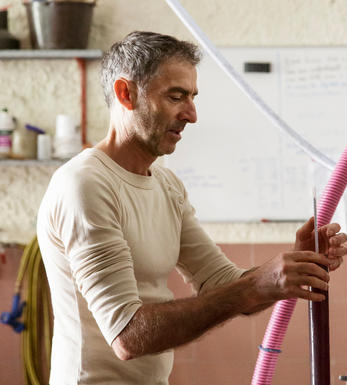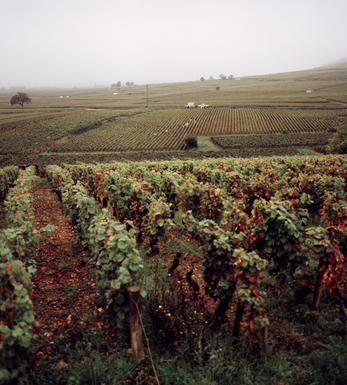
Critics reviews
About this WINE

Mas Jullien
Mas Jullien's 15 hectares were developed by Olivier Jullien in 1985. It is located in an area of magnificent wine potential, that of the Terrasses du Larzac (Côteaux du Languedoc), in Jonquières amidst the rocky terraces of the plateau (if that doesn’t sound too contradictory), itself situated 40 km to the north of Montpellier.
The terroir is divided between the argilo and the calcaire (clay and the limestone); the wines themselves come from Syrah, Mourvèdre and Carignan, vinified by parcel and aged for around 18 months in demi–muid, delivering plenty of garrigue-influenced charm and a pleasing purity.

Coteaux du Languedoc
The Coteaux du Languedoc appellation is either a useful assemblage of the top enclaves in the Hérault department or an extremely unhelpful conglomeration of vastly different sub-regions which would be more helpfully categorised independently. Whatever one's opinion, it is not short of both significance and potential, running along the Mediterranean coast from Narbonne almost as far east as Nîmes, and covering over 10,000 hectares – as well as some of the most attractive and wonderfully-situated vineyards in France.
Several of its sub-appellations are fighting for full AC status, the most famous being La Clape, Picpoul de Pinet and Pic St Loup. Of the others, high quality wines are now being produced in, inter alia, Montpeyroux, Grés De Montpellier and Terrasses du Larzac. All the principle grapes are represented, with Carignan and Cinsault reduced to a maximum of 40 percent apiece to encourage more fashionable varieties, especially Syrah and Mourvèdre. The terroir is equally diverse, with limestone, schist, sand and clay all evidenced.

Southern Rhône Blend
The vast majority of wines from the Southern Rhône are blends. There are 5 main black varieties, although others are used and the most famous wine of the region, Châteauneuf du Pape, can be made from as many as 13 different varieties. Grenache is the most important grape in the southern Rhône - it contributes alcohol, warmth and gentle juicy fruit and is an ideal base wine in the blend. Plantings of Syrah in the southern Rhône have risen dramatically in the last decade and it is an increasingly important component in blends. It rarely attains the heights that it does in the North but adds colour, backbone, tannins and soft ripe fruit to the blend.
The much-maligned Carignan has been on the retreat recently but is still included in many blends - the best old vines can add colour, body and spicy fruits. Cinsault is also backtracking but, if yields are restricted, can produce moderately well-coloured wines adding pleasant-light fruit to red and rosé blends. Finally, Mourvèdre, a grape from Bandol on the Mediterranean coast, has recently become an increasingly significant component of Southern Rhône blends - it often struggles to ripen fully but can add acidity, ripe spicy berry fruits and hints of tobacco to blends.



Buying options
Add to wishlist
Description
Mas Julien’s 15 hectares were developed by Olivier Julien in 1985 and are located in Jonquières amidst the rocky terraces of a plateau (if that doesn’t sound too contradictory) on the fashionable Terrasses du Larzac.
The terroir is divided between the argilo and the calcaire (clay and the limestone); the wines themselves come from Syrah, Mourvèdre and Carignan, vinified by parcel and aged for around 18 months in demi–muid. 2009 has produced, unsurprisingly, a more profound wine than 2008. A heady nose, with almost a hint of youthful volatility, cedes to a richly layered and deeply satisfying palate, with refined powdery tannins, firm acidity and plenty of damson and blackberry fruit providing a sumptuous backdrop.
(Simon Field MW, BBR Buyer)
wine at a glance
Delivery and quality guarantee